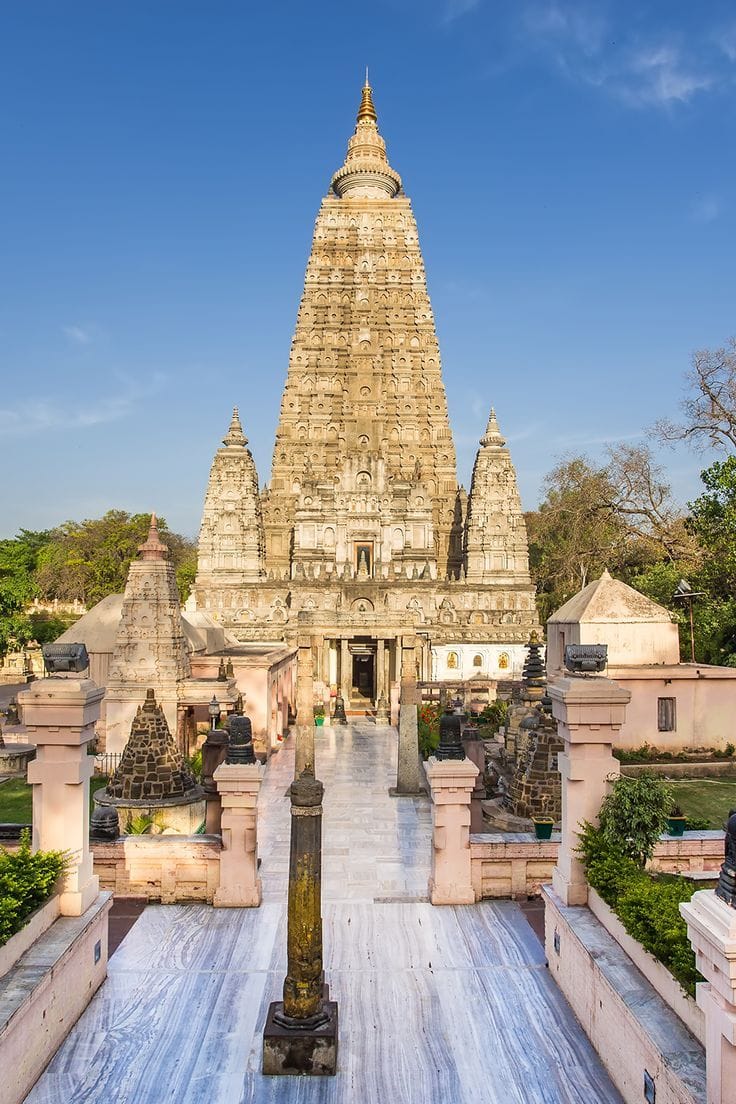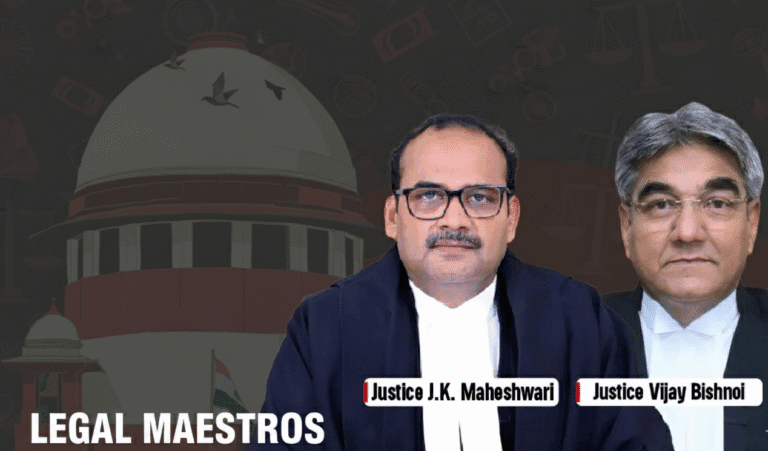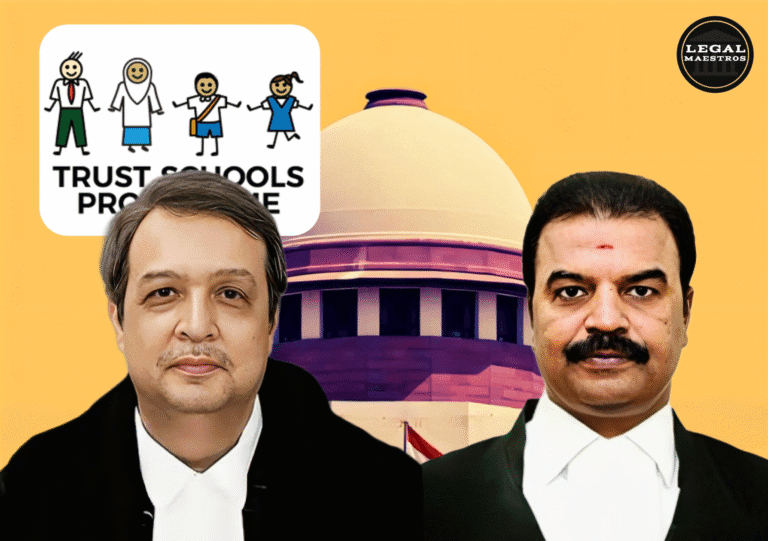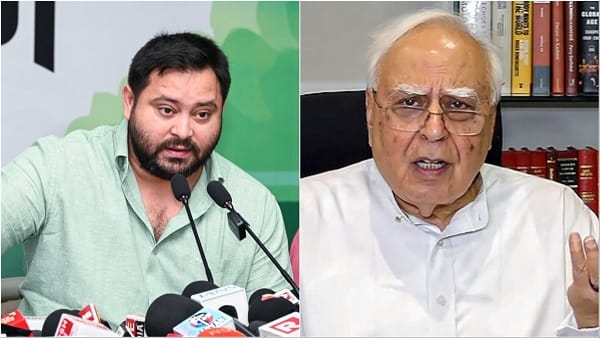
Facts
The matter pertains to the administration and management of the Bodh Gaya Mahabodhi Temple, a UN World Heritage site and one of Buddhism’s most sacred shrines. Administration of the temple is guided by the Bodh Gaya Temple Act, 1949, which provided for a nine-member governing body. The committee consists of Hindus and Buddhists, Hindus being the majority, and the Chairman being the District Collector of Gaya. Sulekhatai Nalinitai Narayanrao Kumbhare, a retired Maharashtra minister and a former lawyer, had presented an Article 32 petition to the Supreme Court of India in 2025. The petition questioned the constitutional validity of the 1949 Act and called for exclusive management and control of the Mahabodhi Temple by the Buddhist community. The petitioner contended that the existing system of government does injustice to Buddhists’ religious rights and asked for the repeal or amendment of the Act for ensuring full Buddhist control consistent with their religious and cultural heritage.
Rationale
The core contention of the petitioner was that the inclusion of non-Buddhists (i.e., Hindus) in the temple management committee goes against basic rights assured to Buddhists by the Constitution. In particular, the petition invoked Articles 19 (freedom of expression), 21 (right to life and liberty), 25 (freedom of religion), 26 (right to administer religious affairs), 28, and 29 (minority rights). The petitioner had argued that the Bodh Gaya Temple Act, 1949, was ultra vires as it denied the Buddhists the privilege of looking after their own religious place and encroached upon their religious right to practice and conserve their cultural and religious heritage. In the run-up to the hearing, the bench of the Supreme Court raised the issue of maintainability of the petition under Article 32 and whether relief in this regard could be obtained before the concerned high court instead of the apex court. The bench clarified that it could not pronounce a mandamus in this matter and advised the petitioner to move the Patna High Court.
Material Arguments
One of the most striking elements of the petitioner’s argument was the prevalence of arguments concerning constitutional protection for religious minorities and the special religious significance of the Mahabodhi Temple to Buddhists across the globe. The appeal claimed that the status quo, giving Hindus the majority, not only violates the rights of the Buddhist community but also puts at risk the perpetuation of Buddhist customs in an internationally prominent place. The petitioner further based its case on the Archaeological Survey of India (ASI) reports of the potential harm to the revered Bodhi tree by purported mismanagement, again insisting on complete Buddhist management26. These arguments placed into context the general issue of minority rights and religious institution independence within India.
For any queries or to publish an article or post or advertisement on our platform, do call at +91 6377460764 or email us at contact@legalmaestros.com.
Judgment of the Court
The Supreme Court, comprising Justices M.M. Sundresh and K. Vinod Chandran presiding, refused to consider the petition under Article 32. The court reasoned that the issue was not desirable to be decided by the Supreme Court at this stage and gave liberty to the petitioner to approach the Patna High Court. The courts made it clear that the supreme court would not be able to issue a mandamus in the case and that any opposition to the constitutional legitimacy of the Bodh Gaya Temple Act, 1949, or a request for its amendment would have to be made before the high court. The order of the Supreme Court effectively rejected the petition but kept the door ajar for the petitioner to try the matter further at the state level.
Legal Implications of the Ruling / Analysis
The rejection of the petition by the Supreme Court under Article 32 upholds the doctrine of judicial hierarchy and the principle of exhaustion of remedies in the lower courts before approaching the relief from the apex court. The judgment does not address the merits of the constitutional challenge to the Bodh Gaya Temple Act, 1949, but to procedural propriety. This approach emphasizes the limited application of Article 32 in cases involving intricate issues of fact and statute best explored by a high court. The case also functions to emphasize recurring tensions between religious minority rights and state dominance over religious establishments. Even though religious freedom and minority rights concerns of the petitioner remain pending, the Supreme Court direction guarantees that they can be thoroughly considered by the Patna High Court, which is capable of considering constitutional as well as factual points at length. Earlier, the Bodh Gaya Temple Act’s formation had been controversial with demands for amendment by Buddhist leaders as well as politicians. The current ruling maintains the status quo and shows that the controversy over the administration of the temple is far from over and would likely continue to rage in the state judiciary.
Conclusion
The Supreme Court’s refusal to entertain the Article 32 petition regarding the exclusive management of the Mahabodhi Temple by Buddhists reflects its commitment to procedural discipline and the judicial hierarchy. While the constitutional questions about religious autonomy and minority rights remain unresolved, the Court’s direction to approach the Patna High Court ensures that these concerns can be substantively addressed in an appropriate forum. The case underscores the broader tensions between secular governance and the rights of religious communities to manage their sacred institutions.
Sources
- ‘SC rejects plea for Buddhist control of Bodh Gaya Temple’ (The Times of India, 9 March 2025)
- ‘SC turns down plea for exclusive control of Mahabodhi Temple to Buddhists’ (Hindustan Times, 9 March 2025)







